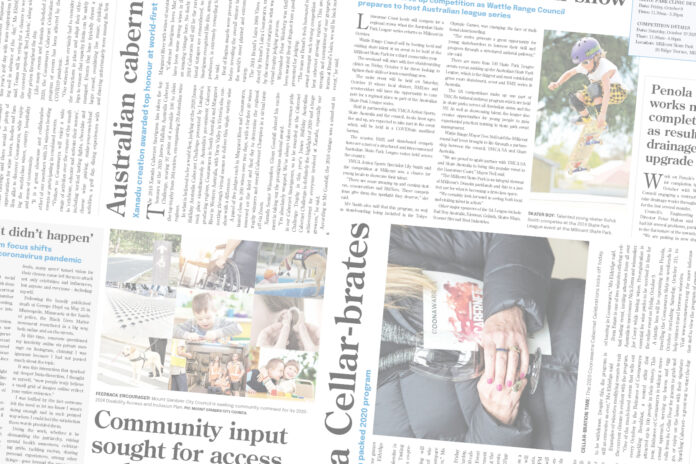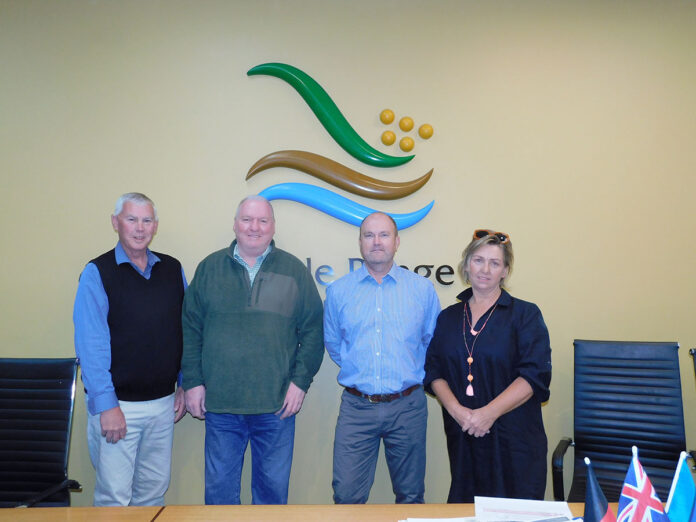Mount Gambier High School students have won the National STEM Innovation Experience () Final, becoming the first school to be crowned finals champions twice.
The school won the first year there was a state final in 2016 and have now won the inaugural year the competition was national.
The initiative, now in its seventh year, is designed to increase science, technology, engineering, and mathematics (STEM) engagement in schools.
This year the STEM-based tasks were developed around the theme “revolutionary resources for future generations” focusing on managing natural resources for the future.
The teams took part in a series of unseen STEM challenges in an escape room meets amazing race style competition at The University of South Australia (Uni SA) Magill Campus.
The winners completed the course in an hour and 11 minutes beating the runners up by 16 minutes.
“We were not expecting to win it, we were expecting to have fun which we did,” Mount Gambier High School STEMIE National team member Zeb Chant said
“We had a good head start and we were in front of everyone in the room, we were the first one moving into the next room.
“There’s a lot of teamwork, on the bus trip up we played games and bonded well.
“We all contributed at least once.”
Mount Gambier High School was one of six teams competing, contributing to 36 students from South Australia, Victoria, and Queensland.
The schools that attended the STEMIE Finals alongside MGHS were Moranbah State High School, Plympton International College, Port Augusta Secondary School, Samaritan College and The Heights School.
The competition started with 24 teams comprised of 300 students before the number was narrowed down at the Regional Showcases two weeks prior.
Mount Gambier High School maths and numeracy coordinator Karen Henman accompanied the team to both competitions.
“During term three they worked on 20 different tasks they had to submit to qualify to go to the regional final and then they present at a showcase what they have done,” she said.
“They get challenged, it’s not an easy competition and certainly the 20 pieces they need to do during the term is not easy.
“They get stuck, sometimes they go in the wrong direction and then they come back.
“It’s actually quite a lot of work involved to get to that stage.
“I knew they were in with a chance; we had a team that bonded well because they worked together on the project for a whole term, so we just needed a little bit of luck on the day really and that came through.”
Mrs Henman said they knew they were in with a good chance at the nationals this year.
“Two of (the students) had been before so they knew there would be a page of writing but there was a box with what they had to do written in it,” she said.
“They knew if they read that bit first they could get started on the challenge straight away and I think that was a point of difference.
“Our kids did really well last year but they thought, you know what? Now we have been once I reckon we can do it this next year.
“For some of them it was 12 months of getting ready for this and they were really keen to be involved again.
“From being there the year before, they also learnt the challenges are important to get them done correctly otherwise you get a penalty point and you lose a minute, but it’s just as important to be quick because it is a time competition.”
Mrs Henman said she was very proud of the students, and they all learnt a lot from being involved.
“They have a lot of fun when they go to the national finals because there’s no preparation, there’s no schoolwork that’s involved, it’s just the challenges on the day they need to solve,” she said.
“Having different strengths is probably the key to actually doing well when you get to the final.
“Zeb Chant had the opportunity to talk with Professor Duncan Campbell (Head of the School of Engineering at University of SA from 2017 – 2020) regarding his pathway into electrical engineering.
“Being able to go to the university and talk to academics was wonderful and also seeing that university is not scary and it was very encouraging with the way they talk to students.
“It also teaches them they’re all interconnected, and one component of STEM is not more important than another and how it is related to our world around us.”




